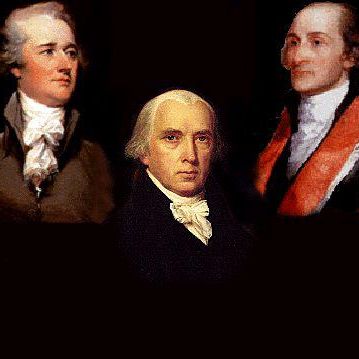



In a recent legal development, a former Christian student at a Chicago public school has won a $150,000 settlement in a lawsuit.
The lawsuit claimed that the student was made to take part in Hindu rituals during her time at school, which conflicted with her Christian beliefs.
Mariyah Green, the student, spoke about her experience in an interview with Fox News Digital.
She explained that during a program called “Quiet Time,” she was asked to bow to an image of a deity she didn’t recognize. The instructor told her it would help with her meditation and bring her to a state of “Zen.”
For Mariyah Green, this was deeply uncomfortable because it felt like idol worship, which goes against her Christian faith.
She discussed her discomfort with her parent and her aunt, who was her pastor at the time.
She said, “The only time I kneel is when I’m at church, praying to God. But kneeling to that idol felt inappropriate.”
The lawsuit, initially filed by the law firm Mauck & Baker in February, argued that these mandatory rituals violated Mariyah Green’s religious beliefs.
The rituals were a part of the “Quiet Time” program in Chicago Public Schools.
The school district, however, stated that it had ended the program in 2020 and denied any violations of students’ constitutional rights.
According to the school district, the “Quiet Time” program was designed to help students dealing with violence and trauma through meditation.
It included practices like “Transcendental Meditation” and repeating “mantras,” which the lawsuit argued were religious in nature.
Although students were told these mantras were “meaningless words,” Mariyah Green discovered they were actually names of Hindu Gods, as claimed in the lawsuit.
Mariyah Green also alleged that students were instructed not to share their mantras with anyone, as it could lessen their effectiveness.
She also claimed that students were shown a picture of a “guru” and asked to bow to it during a “Puja” ceremony.
The lawsuit provided details about the “Puja” initiation ceremony, describing how students were asked to present items to the picture of Guru Dev while the “Transcendental Meditation” instructor chanted in Sanskrit for several minutes and performed ritual movements.
Students were regularly asked to participate in the ‘Puja’ by placing items before Guru Dev’s image or kneeling before it.
Mariyah Green’s resistance to these rituals was clear when she tried to avoid kneeling before an image that resembled Buddha, explaining that it was against her religion to kneel before anyone except Jesus Christ.
Apart from the religious conflict, Mariyah Green questioned why valuable instructional time was spent on Hindu rituals when she felt that the public education system wasn’t adequately preparing her for college.
She voiced concerns about the chants and their potential influence on her life.
The school district acknowledged the “resolution between parties” in the case but insisted it had no liability because of the Quiet Time program.
They stated, “The District has always denied, and continues to deny, any liability as a result of the Quiet Time program, and there has not been any finding of liability in this case by a judge or a jury.”
In summary, Mariyah Green’s legal victory underscores the importance of respecting students’ religious beliefs in public education.
This case highlights the need for sensitivity and clarity when implementing programs that touch on matters of faith and spirituality in diverse educational settings.
While the Chicago Public Schools district denies wrongdoing, this case brings attention to the ongoing debate about the separation of church and state in American public education.
